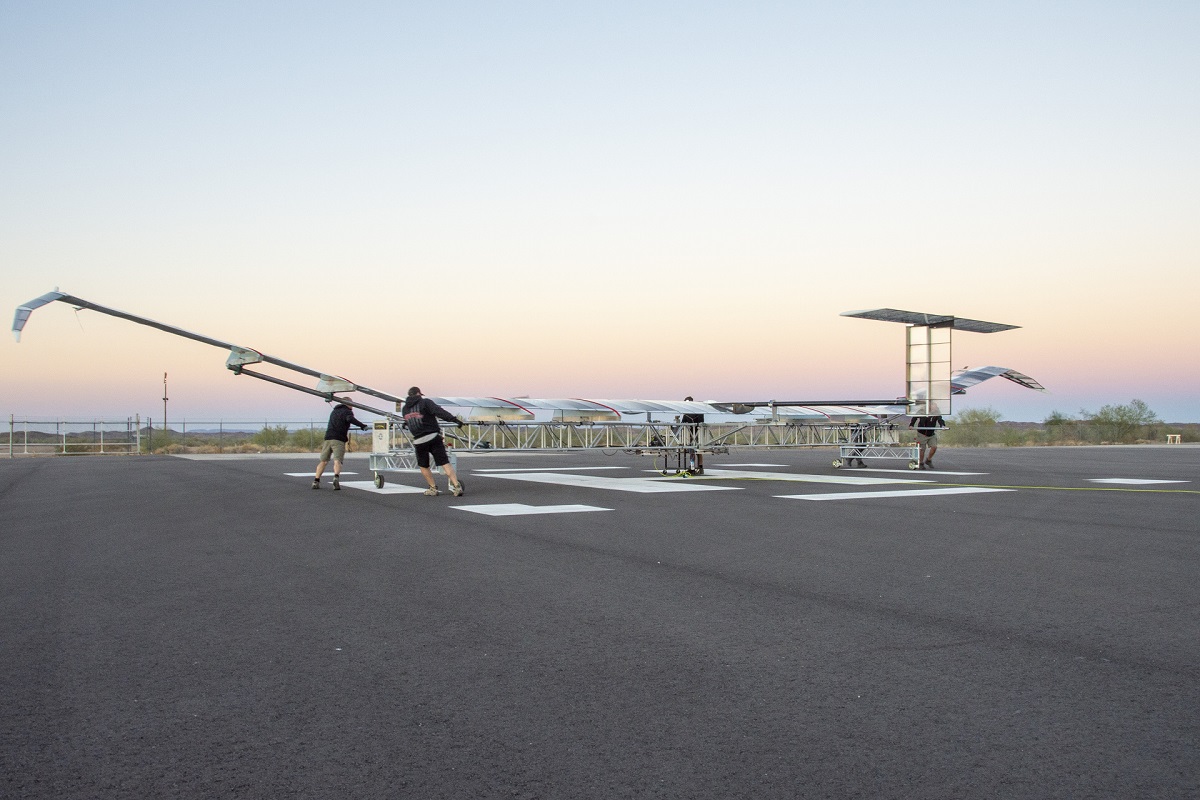Zephyr is the world’s leading solar-electric stratospheric High Altitude Platform Station (HAPS), developed by Airbus. Zephyr can leverage and enhance existing infrastructure, complementing current capabilities between terrestrial networks, aerial systems and satellites, to support missions and maximisation of performance.
The latest technological advancements have paved the way for Zephyr. Running on solar energy, Zephyr is the only fixed wing HAPS to have demonstrated continuous day and night operations, whereby the on-board solar array converts solar energy into electric during the day to power overnight operations. Zephyr’s cutting-edge battery capabilities ensure the aircraft stays in the stratosphere at a cruise altitude of 60,000-75,000 feet, providing a persistent, adaptable solution. The aircraft’s carbon fibre airframe, accounting for less than 20 percent of the total aircraft mass, enables low cruise power at very high altitude, with mass minimisation.

Zephyr has made significant achievements, breaking into the stratosphere, achieving the world record for its maiden flight, lasting almost 26 days, proving day and night stratospheric persistence. The success of the 2020 flight campaign demonstrated the resilience and capability of the aircraft, further maturing the operational system, illustrating Zephyr’s significant advancements and progress.
The stratosphere, spans just above the Earth’s lower atmosphere to the edge of space. Operating in this provides Zephyr challenges, due to the severe weather conditions with limited moisture and temperatures dropping down to lows of -80°C. Thermal management is key to ensure the aircraft stays at optimum temperature for maximum performance.
Zephyr can bring new see, sense and connect capabilities to Commercial, Military and Institutional customers across the globe. The platform design provides the ability and flexibility to integrate several different payloads, depending on mission and customer needs.
OPAZ, the ‘Optical Payload for Zephyr’ is the Airbus in house Earth Observation payload, delivering high quality imagery and video, enabling persistent surveillance, in a discrete, accurate manner. OPAZ collects imagery in real time for mapping, change detection or full-motion video streaming, this enables early detection to raise alerts to manned assets.
In a connectivity role, Zephyr has the potential to provide communication to the most unconnected parts of the world with cellular backhaul. Complementing existing infrastructure, providing low latency, wide coverage and the persistence for station keeping and flexibility to be re-tasked. Where there is no current ground infrastructure, one Zephyr has the coverage equivalent to 250 cell towers, expanding the footprint of terrestrial solutions, in a flexible and scalable way.
Zephyr provides the capabilities to enhance time-sensitive mission critical decision making and situational awareness across Military, Commercial and Institutional markets. Zephyr’s current achievements take the platform another step closer to operational reality.


